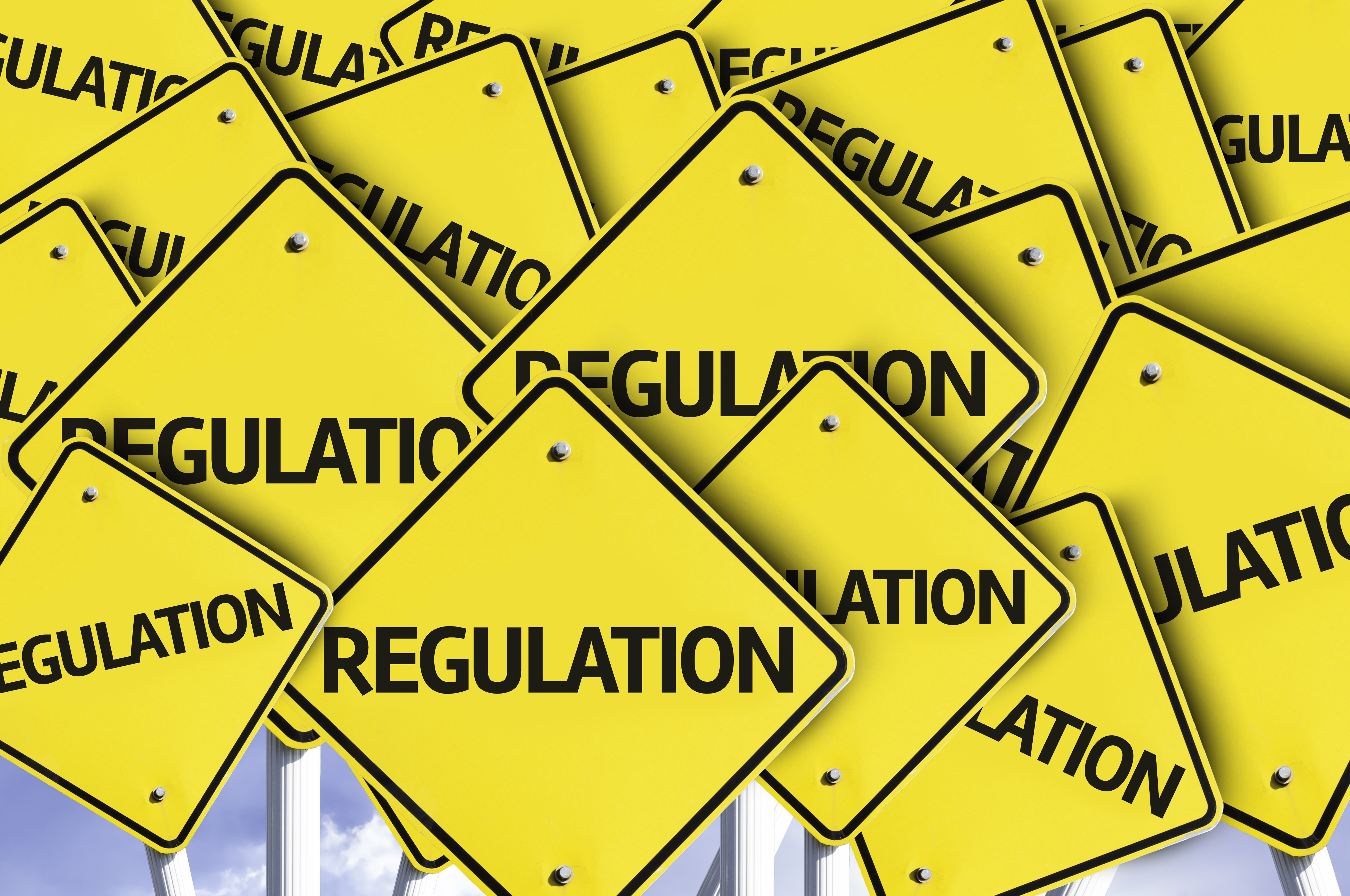
I have not noticed a lot of coverage of the efforts to regulate the newly state-legal business of recreational marijuana. Here are a few articles catching my interest.
As a reminder, I am watching the efforts in Colorado and Oregon to develop a new industry which is highly regulated. This is a natural experiment to test my hypothesis that heavy-handed regulation will constrain a new industry.
1/5 – Denver Post via The Cannabist – Federal judge tosses Colorado marijuana banking lawsuit – State of Colorado chartered a credit union, the Fourth Corner Credit Union, with its business model of serving the state-legal marijuana industry. The credit union requested a master agreement allowing it to access the Federal Reserve system and thus participate in the banking system.
The FRB denied the application. The credit union sued.
A federal judge threw out the suit on the basis that allowing the credit union to operate would “facilitate criminal activity” since marijuana is illegal under federal law.
In his opinion, the judge said
“These guidance documents (from the U.S. Department of Justice which take the policy position of ignoring the marijuana business) simply suggest that prosecutors and bank regulators might ‘look the other way’ if financial institutions don’t mind violating the law. … A federal court cannot look the other way.”
It is dangerous for a bank to knowingly have a marijuana business as a customer. Upon a mere whim, the DoJ could prosecute the bank for money laundering since that is in fact how federal law would look at any deposit from a marijuana business.
3/4 – New York Post – The marijuana industry has a dirty little secret – The secret is that pesticides are sometimes/often/usually used on plants as they grow.
I’m a city boy so every part of the following comment is brand new information to me: Three states require recreational marijuana to be grown indoors (Oregon, Washington, Colorado). Apparently the indoor growth “stresses” plants (whatever that means) and thus they are more vulnerable to fungus and mites. Thus, indoor grows tend to need pesticides.
The issue is that some pesticides are safe when ingested but dangerous when burned. Each state has its own strategy for regulation, from Oregon publishing a list of allowable pesticides to Colorado not providing any guidance until after the Denver Post did an expose on what chemicals were in common use.
This has left the industry in turmoil as rules are evolving and since rules vary state by state.
Pattern I perceive in the rules is moving toward allowing pesticides that are otherwise allowed on foodstuffs and looking to the regulation of the tobacco industry for ideas.
The amount of research on safe stuff is limited since marijuana is an illegal product at the federal level.
I’m not sure whether to put the pesticide issue in the category of state regulation restricting an industry or in the category of rapid evolution of a new industry. Either interpretation would fit the description in the story of some companies getting caught in changing rules and having to stop operations until they can figure out how to comply with evolving rules.
Story provides a recap that so-called “medical” marijuana is legal in 23 states and full recreational use is legal in four states (Colorado and Washington, followed by Oregon and Alaska) plus DC.
Here is a brain stretcher and tribute to the creativity of a free market:
3/1 – The Cannabist – Firefly 2 vape redesign is simply stunning (review) – Yes, of course it makes sense than a vaping tool would be developed to consume marijuana. If e-cigs work for tobacco, I guess they ought to work for marijuana. I live with blissful ignorance of this entire technology.
Article is a review of a new improved vape tool. Reviewer thinks it is a great improvement over first model. When I stop to think about it, it does makes sense that there are product reviews of tools to consume marijuana.